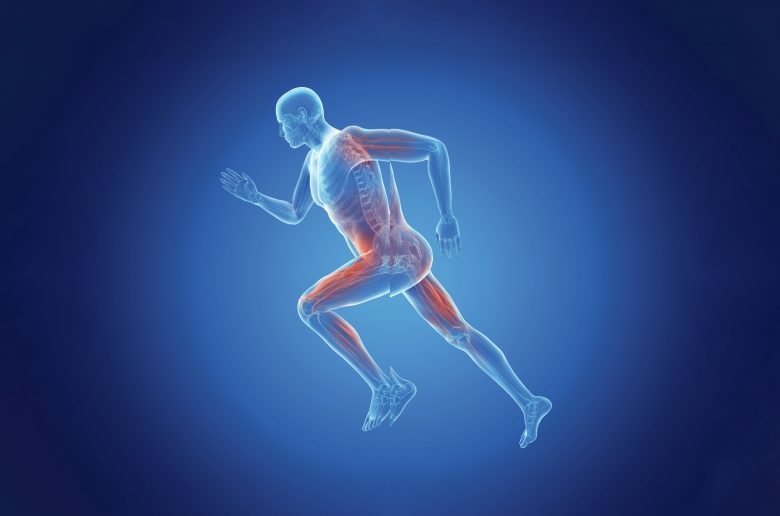
The term fluid mechanics is used to describe the flow of liquids and gases, how these are affected by an object, such as a ball or cyclist, and the forces involved. More specifically, in focusing on air and water we are discussing some of the basic principles of aerodynamics and hydrodynamics.
As an object, be it a tennis ball, swimmer or cyclist, moves through air or water, the particles of gas or liquid (both are referred to as fluids) provide a form of fluid friction known as air resistance or drag. This acts in the opposite direction to the movement of the object. The nature of the fluid plays a significant part in determining the level of fluid friction. Water is denser than air and so offers greater resistance.
Your organisation does not have access to this article.
Sign up today to give your students the edge they need to achieve their best grades with subject expertise
Subscribe




